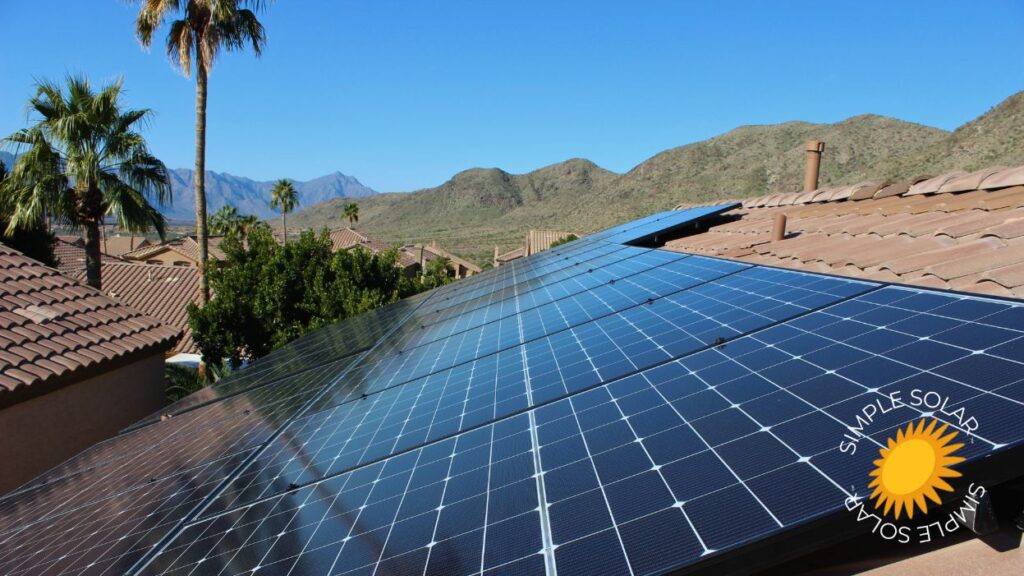Are you thinking about adding solar panels to your home? It’s an excellent investment that can save you money on your energy bills, reduce pollution, and offer an uncapped 30% tax rebate based on your installation costs. It’s the deal of the century, but there’s still one challenge.
Believe it or not, your home may need to meet certain criteria to be compatible with solar panels. This includes the structural integrity of your roof, access to sunlight, and your home’s electrical system. Let’s discuss the latter to understand how and why solar panels generate DC current and how it will affect your home!
What Is DC Current?
Direct current (DC) is a means of electricity flow where the current continues in one direction. This is different from alternating current or AC, an electric current that periodically reverses direction and changes its magnitude continuously over time.
Interestingly, the so-called “War of the Currents” between Thomas Edison and Nikola Tesla during the 1880s is responsible for both AC and DC still being used today. Moreover, understanding this distinction is essential to understanding how solar panels produce electricity. Solar panels only generate direct current, but why? Let’s find out.
How Do Solar Panels Work?
How solar panels generate electricity is also essential to understand why they produce DC current. Let’s first discuss what they’re made of. Solar panels are quite simple, as they only have a few layers of material in them.
On the surface, there is clear, tempered glass. Just below is a thin layer of encapsulation foil on either side of the stringed photovoltaic (PV) cells. This is the most important layer, as it absorbs the sunlight converted into energy.
This is “sandwiched” with a backplate behind and enclosed to keep out water and harsh weather elements. Two cables are attached to a junction box, allowing the generated current to flow safely to your home’s energy system and/or grid.
Essentially, as sunlight reaches the PV cells, it creates energy. This is why the cells are dark, absorbing more light than reflecting it.
Consequently, this energy creates electrical charges that move in response to an internal electric field in the cell, causing electricity to flow. This energy then flows to the junction box, which can be used as electrical energy.
Why Do Solar Panels Produce DC Current?
In a nutshell, solar panels produce DC current because of the way the panels are designed. Believe it or not, there is no such thing as AC current found anywhere in nature. It is entirely a human-made phenomenon.
Therefore, when harvesting sunlight and converting it to electricity, it makes more sense that a relatively steady stream of electricity would flow as DC current.
What If I Need AC Power?
Every home utilizes AC power; hence utilities don’t provide DC power.
Since homes use AC power, you must convert the DC power your solar array produces to AC. This is also important since your home will still be connected to the utility grid and power exported to the grid must also be the same AC power that is provided by the utility.
This is where the inverter comes into play. This device converts DC electricity, which is what a solar panel generates, to AC electricity, which the electrical grid and your home uses. As a rule of thumb, you’ll want to match your solar array wattage with the correct inverter size. All photovoltaic systems are installed with an inverter so that it can provide the same AC power as the utility is feeding you.
Is Solar Energy Right for Me?
Now that you know more about how solar panels and DC energy work, you can see why it’s the best approach for home energy. If you want to gain energy independence at home, there’s no better option than investing in solar energy!
Keep reading our blog for our latest solar energy news, and don’t hesitate to contact us with any questions or to get a quote today!





